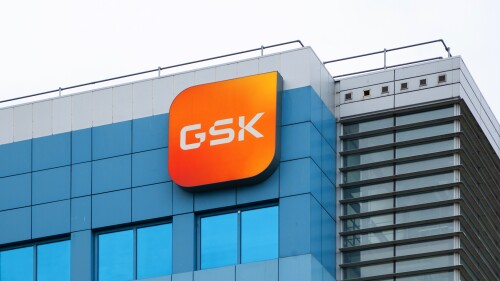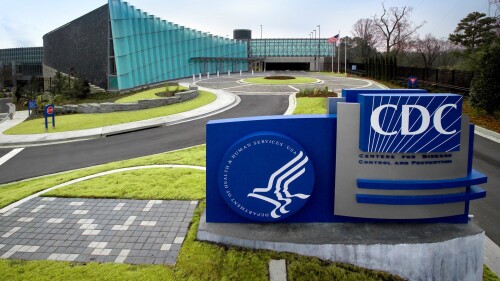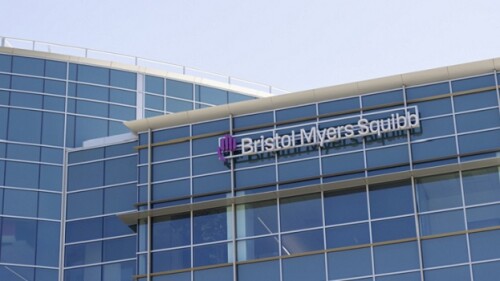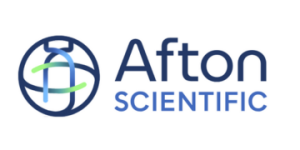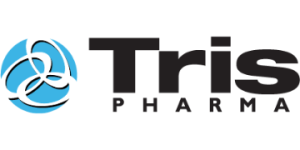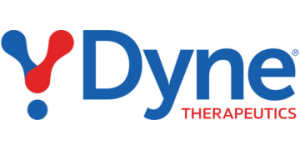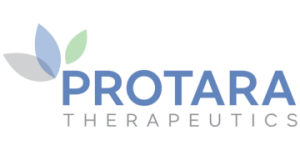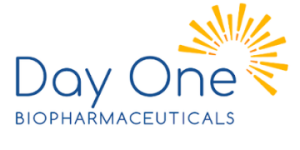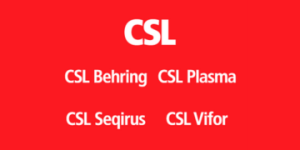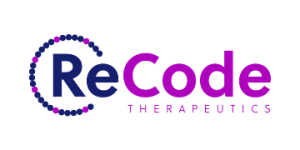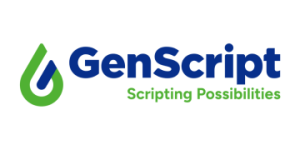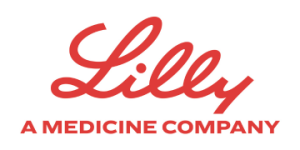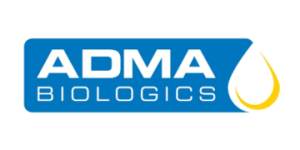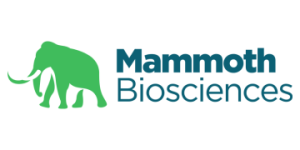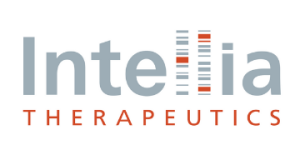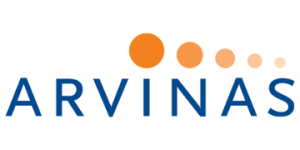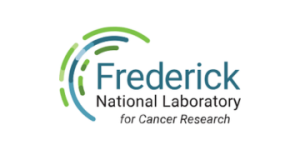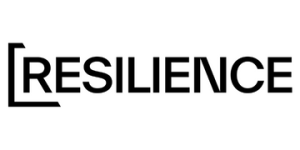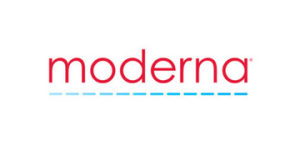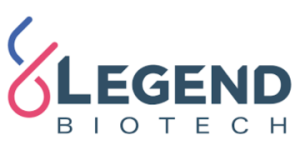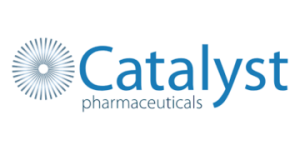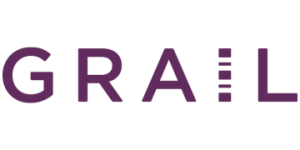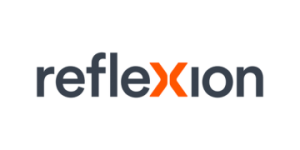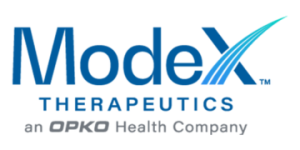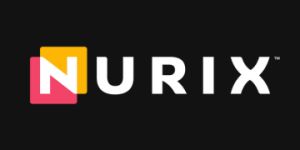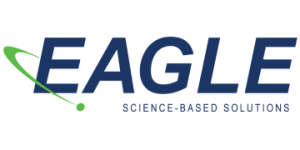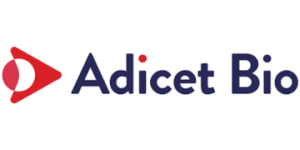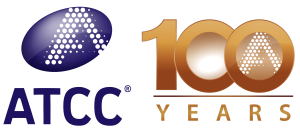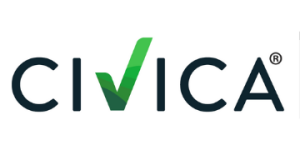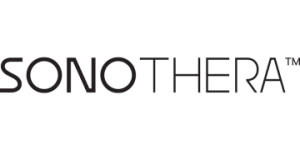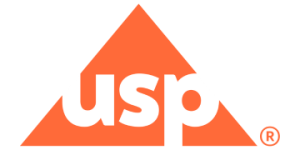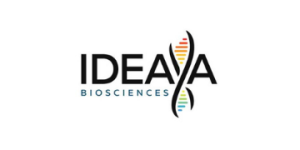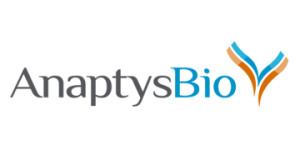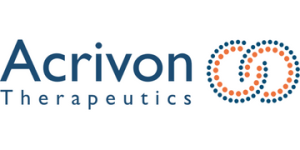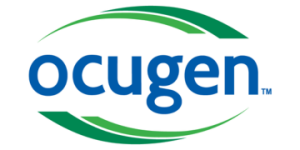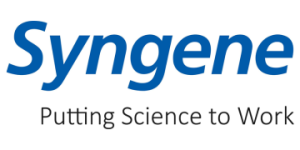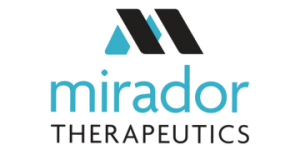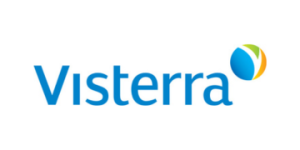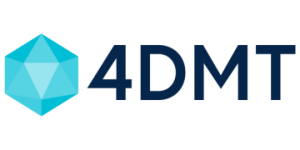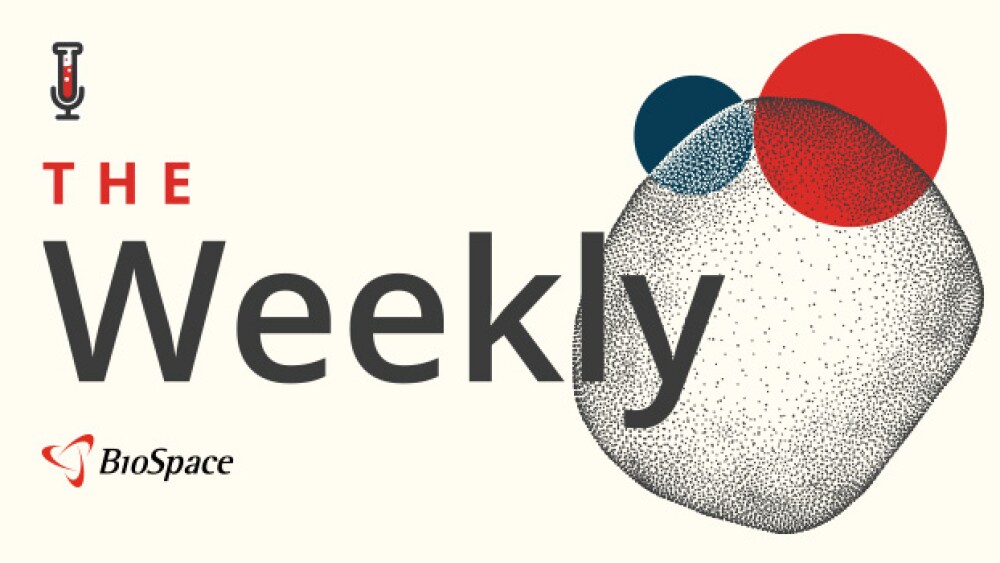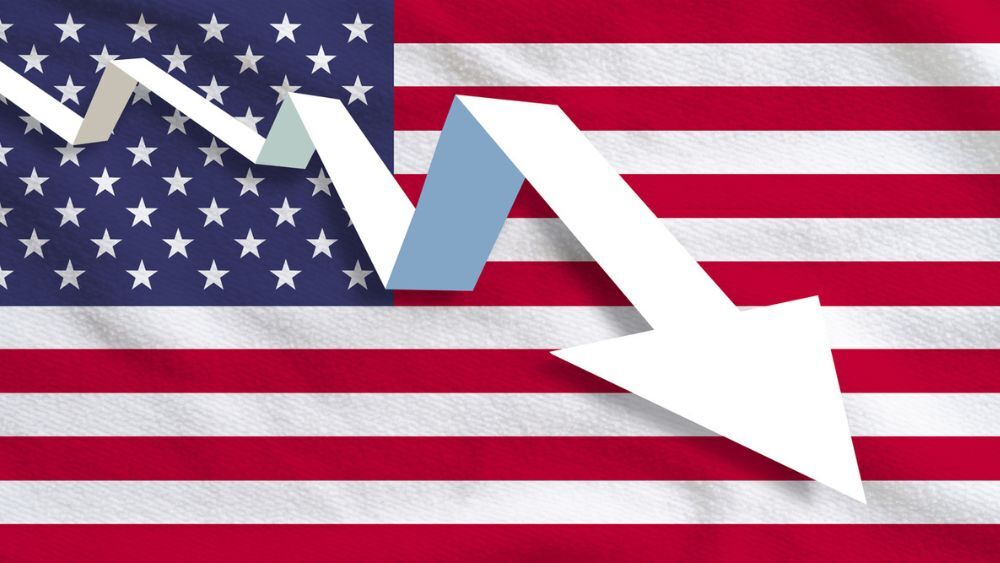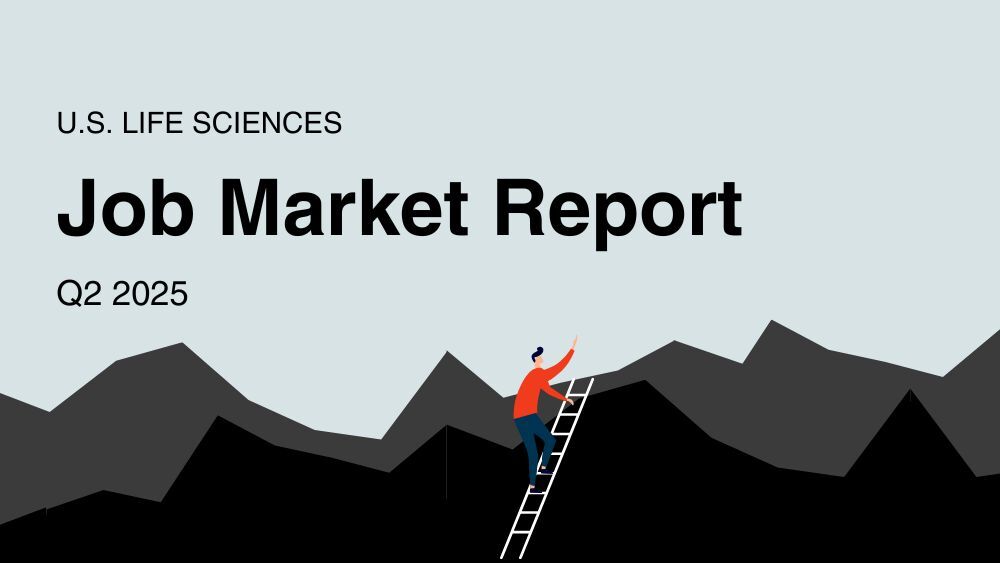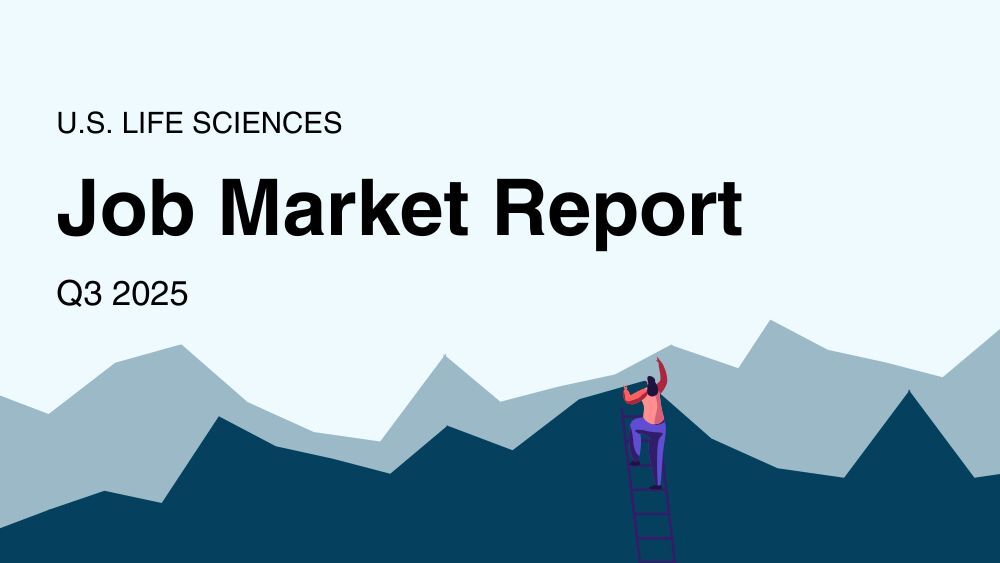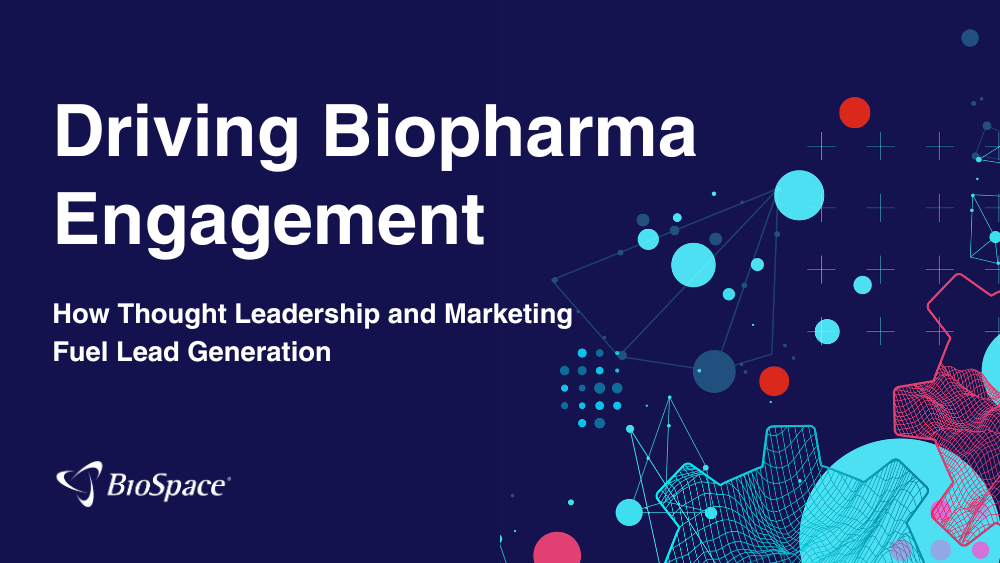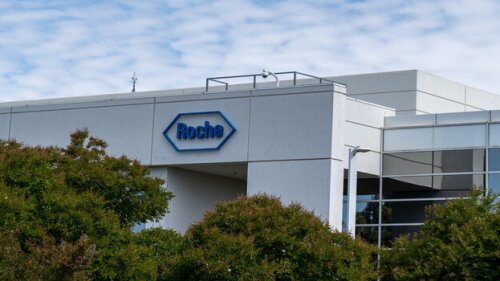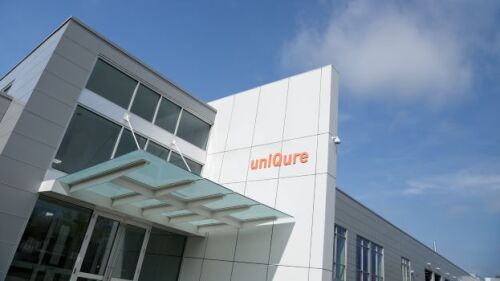Novartis has discontinued two undisclosed programs under its current partership with Voyager, the biotech announced last month. Projects under the deal for spinal muscular atrophy and Huntington’s disease continue to advance.
The Massachusetts biotech will also be eligible to milestone payments, though the exact amount has yet to be disclosed.
If you’re looking for a biopharma job in Philadelphia, here are eight companies on BioSpace hiring right now.
The CDC accepted the recommendation of its advisory committee that the shot be delayed for many patients until they are at least two months of age due to safety concerns. The CDC itself has said the vaccine is safe and effective.
BMS is Harbour’s second powerhouse partner this year after the Chinese biotech signed a potential $4.68 billion deal with AstraZeneca in March.
Addition joins a growing list of launches this year, following in the footsteps of startups like Crystalys Therapeutics and Ollin Biosciences.
FEATURED STORIES
With notable therapies from Biogen, Sarepta and MacroGenics failing to show efficacy in pivotal or confirmatory trials, experts question the use of biomarker evidence for approval while one former regulator insists that a “failed trial is not a failed drug.”
Coming up in the back half of December, the FDA will issue a verdict on Vanda Pharmaceuticals’ gastroparesis drug tradipitant, which it rejected last September, triggering a very public dispute with the company.
Every year in biopharma brings its share of grueling defeats, and 2025 was no different, especially for companies targeting neurological diseases. Some failures split up partners, and one particularly egregious case even led to the demise of an entire company.
With five CDER leaders in one year and regulatory proposals coming “by fiat,” the FDA is only making it more difficult to bring therapies to patients.
The FDA is becoming deeply compromised and increasingly at risk of being permanently transformed in ways contrary to its mission, history and culture.
With $6 billion left in firepower, Pfizer is planning transactions in the hundreds of millions to the low-billions range, particularly in internal medicine and immunology and inflammation, Guggenheim reported.
LATEST PODCASTS
Pfizer deals again in obesity space as Wave and Structure drop splashy weight loss results; what CDER Director Richard Pazdur’s sudden retirement means for biopharma; neuro diseases take center stage at CTAD; and more.
In this episode of Denatured, Jennifer C. Smith-Parker speaks to Stacey Adam, PhD, Vice President of Science Partnerships at the Foundation for the National Institutes of Health and Patrick Smith, Senior Vice President, Translational Science at Certara, to discuss the latest regulatory news and the future for new approach methologies (NAMs) development.
Experts unpack the implications of CBER Director Vinay Prasad’s claim that COVID vaccines have caused 10+ child deaths; the 2025 Clinical Trials on Alzheimer’s Disease conference continues following two disappointing readouts; and Novo Nordisk’s amycretin yields promising weight loss results.
Job Trends
BioSpace has named 50 life sciences companies to its 2026 Best Places to Work list. AbbVie, Amneal Pharmaceuticals and BridgeBio executives share what makes their organizations special.
Subscribe to GenePool
Subscribe to BioSpace’s flagship publication including top headlines, special editions and life sciences’ most important breaking news
SPECIAL EDITIONS
BioSpace data show biopharma professionals faced increased competition for fewer employment opportunities during the second quarter of 2025, with increased pressure from further layoffs.
BioSpace did a deep dive into executive pay, examining the highest compensation packages, pay ratios and golden parachutes—what a CEO would get paid to leave.
A new generation of checkpoint inhibitors is emerging, with some showing more promise than others. From recent TIGIT failures to high-potential targets like VEGF, BioSpace explores what’s on the horizon in immuno-oncology.
DEALS
-
These deals radically reshaped the biopharma world, either by one vaccine rival absorbing another, a Big Pharma doubling down after another failed acquisition or, in the case of Pfizer and Novo, two heavyweights duking it out over a hot obesity biotech.
-
The star of the agreement targets a specific type of tau protein, helping to prevent toxic accumulation in the brain while also preserving the function of healthy tau.
-
Sanofi bought Dren’s DR-0201 program earlier this year for $600 million upfront and is running two Phase I trials in undisclosed inflammatory indications.
-
Pfizer apparently had more in the tank after the high-profile battle to acquire Metsera earlier this fall. The company has licensed a new GLP-1 from YaoPharma.
-
What China is accomplishing in R&D “has implications for everyone playing in the R&D or innovation world,” McKinsey’s Fangning Zhang says.
WEIGHT LOSS
-
Also on Thursday, Zealand held its Capital Markets Day in London, outlining the strategy for its weight management franchise in the near-term, including launching five products by 2030.
-
Pfizer deals again in obesity space as Wave and Structure drop splashy weight loss results; what CDER Director Richard Pazdur’s sudden retirement means for biopharma; neuro diseases take center stage at CTAD; and more.
-
Structure’s aleniglipron elicited over 11% weight loss in a Phase II trial, sending the biotech’s stock up nearly 103% as markets closed on Monday.
-
Although still in Phase I, Wave Life Sciences’ injectable RNA weight loss treatment achieved results that impressed analysts, with 4% fat reduction after three months, beating Novo Nordisk’s semaglutide at a similar time point.
-
Experts unpack the implications of CBER Director Vinay Prasad’s claim that COVID vaccines have caused 10+ child deaths; the 2025 Clinical Trials on Alzheimer’s Disease conference continues following two disappointing readouts; and Novo Nordisk’s amycretin yields promising weight loss results.
POLICY
-
In this episode of Denatured, Jennifer C. Smith-Parker speaks to Stacey Adam, PhD, Vice President of Science Partnerships at the Foundation for the National Institutes of Health and Patrick Smith, Senior Vice President, Translational Science at Certara, to discuss the latest regulatory news and the future for new approach methologies (NAMs) development.
-
With new UK clinical trial rules landing in 2026, the EU Biotech Act on the horizon and China and Australia gaining ground, CROs are zeroing in on study timelines, AI/ML and data privacy as the industry’s next pressure points.
-
This week’s meeting of the Advisory Committee on Immunization Practices will be led by Kirk Milhoan, a physician and pastor who recently claimed that COVID-19 vaccines contained a contamination that causes cancer.
-
U.K.-based pharmas will not face tariffs as long as Donald Trump is president, according to the agreement.
-
The discounts should be compared against the drugs’ “ultimate net price” rather than their indicated list price to gauge the true impact of the negotiations, BMO Capital Markets analysts said.
In a volatile industry, staying put might seem like a smart bet, but job hugging can quietly erode your visibility, growth and future opportunities.
Transparency doesn’t drive people away. It attracts the right ones and keeps them committed. Leadership coach Angela Justice discusses the problem with leaders only selling the upside and the value of setting accurate expectations from the start.
Media coverage can help biopharma executives connect with, inform and inspire the public. In this column, Kaye/Bassman’s Michael Pietrack and three communications experts share how to make the most of these opportunities.
What if loyalty is holding you back? While it’s a sign of character, consistency and belief in a mission bigger than yourself, it can also keep you stuck in a job when you should be moving on.
It’s easy to get caught up in defending yourself against critique that feels unfair. Leadership coach Angela Justice recommends a different approach that can help you better align how you want to be seen with how you’re showing up.
Tapping into the hidden job market can be challenging but is important in today’s employer-driven market. Three talent acquisition experts share tips for accessing hard-to-find roles.
HOTBEDS
REPORTS
BioSpace’s Q3 2025 U.S. Life Sciences Job Market Report reveals a turbulent quarter for biopharma hiring, with record declines in job postings, rising layoffs, and cautious employer sentiment shaping the industry’s employment landscape.
Establishing trust through thought leadership is no longer optional in today’s cautious biopharma market. Learn how strategic insights and targeted outreach can turn awareness into high-converting leads.
The life sciences job market continues to shift. BioSpace’s Q2 2025 U.S. Life Sciences Job Market Report is now available, offering exclusive insights into the latest hiring trends, layoffs, and workforce dynamics across the life sciences industry.
CANCER
-
The loss of domvanalimab is the latest in a string of high-profile failures recorded across the biopharma world for the TIGIT modality, including from GSK, Merck and Roche.
-
While new late-stage data point to some liver toxicity signals, analysts at BMO Capital Markets said Tukysa’s efficacy outcomes “appear to more than make up for any safety concerns.”
-
While overall survival remains immature, results so far show a clear trend in favor of Roche’s giredestrant.
-
TERN-701 more than doubled the response rate of Novartis’ rival approved therapy in an early-stage trial, sending the biotech’s shares flying.
-
The 2025 meeting of the American Society of Hematology features some of the newest developments in blood cancers and rare diseases.
NEUROSCIENCE
-
Innovative outcome measures coupled with a focus on patient-centered clinical differentiation can help the biopharma industry make meaningful progress in the highly complex area of neuroscience.
-
Praxis Precision Medicines has also announced a “successful” pre-NDA meeting with the FDA for its essential tremor drug candidate ulixacaltamide, for which an approval application is slated for early 2026.
-
Days after Johnson & Johnson’s posdinemab failed to slow clinical decline in patients with Alzheimer’s disease, Eisai Chief Clinical Officer Lynn Kramer expressed unwavering conviction in his company’s own anti-tau asset, while others suggest the Alzheimer’s field is heading in a completely different direction.
-
Investor optimism has waned as final minutes from uniQure’s pre-BLA meeting with the FDA convey that data from the company’s Phase I/II studies of AMT-130 are “unlikely” to provide the primary evidence to support a biologics license application.
-
Analysts had noted “unease” from investors regarding the state of the Phase III ADEPT-2 trial, with BMS at one point telling Leerink Partners that the reopening of enrollment would be a “significant development.”
CELL AND GENE THERAPY
-
Experts suggest the FDA’s Advanced Manufacturing Technologies designation could be a lifeline for improving production processes for approved cell and gene therapies.
-
Mixed headlines have plagued the cell and gene therapy space of late. We believe that a renewed case of optimism is not only warranted but essential if these therapies are to reach their full potential.
-
After revoking Sarepta’s award in July and awarding one to Krystal last month, the FDA’s platform technology designation program appears to be back on track. These six biotechs could be on the regulator’s radar.
-
Sarepta must also run a post-marketing study for Elevidys to better assess the risk of serious liver injury in patients dosed with the gene therapy.
-
Through substantial leadership turnover and workforce cuts, the FDA has continued to support the advanced therapy sector, actively working to remove obstacles to innovation.



